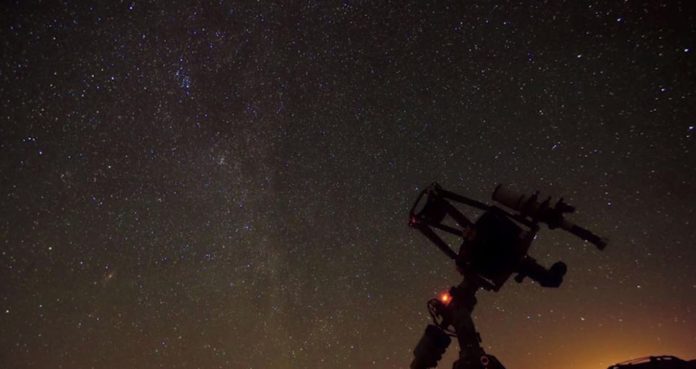This June, several celestial bodies will visit the sky. While some stay throughout the month, some may give a guest appearance.
The ring planet and the giant one will visit the earth this month. For star gazers the best time to view both these planets together, will be a few hours after Saturn rises at sunset, and before Jupiter sets.

Jupiter will set at 3 a.m. at the beginning of June. It will set at 1 a.m. by the end of the month.
Saturn reaches opposition on June 15. Saturn, Earth and the sun will align in a straight line, with Earth in the middle. Opposition always provides the best and closest views of Saturn. It will also allow us to view several of its brightest moons.
If in case just one of the moon’s is visible, then that’s Titan. Titan is 50% larger than our own moon and orbits Saturn about every 16 Earth days.

By using a telescope, one can easily compare the cloud bands on both Saturn and Jupiter. Saturn’s cloud bands are fainter than the bands of Jupiter. Also on the ring planet one can see delicate shades of cream and butterscotch. Whereas in Jupiter the cloud bands are shades of white, rust and ochre.

Use of telescope can also help us view the tilted Saturn ring. The Saturn’s ring is tilted about 26.6 degrees toward earth. The sunlight reflecting off the ring particles makes the rings look even brighter.

And Jupiter is not left behind. Through binoculars one can get a glimpse of Jupiter’s four Galilean moons. Io, Europa, Ganymede and Callisto, the four Galilean moons will put up a great show.

























